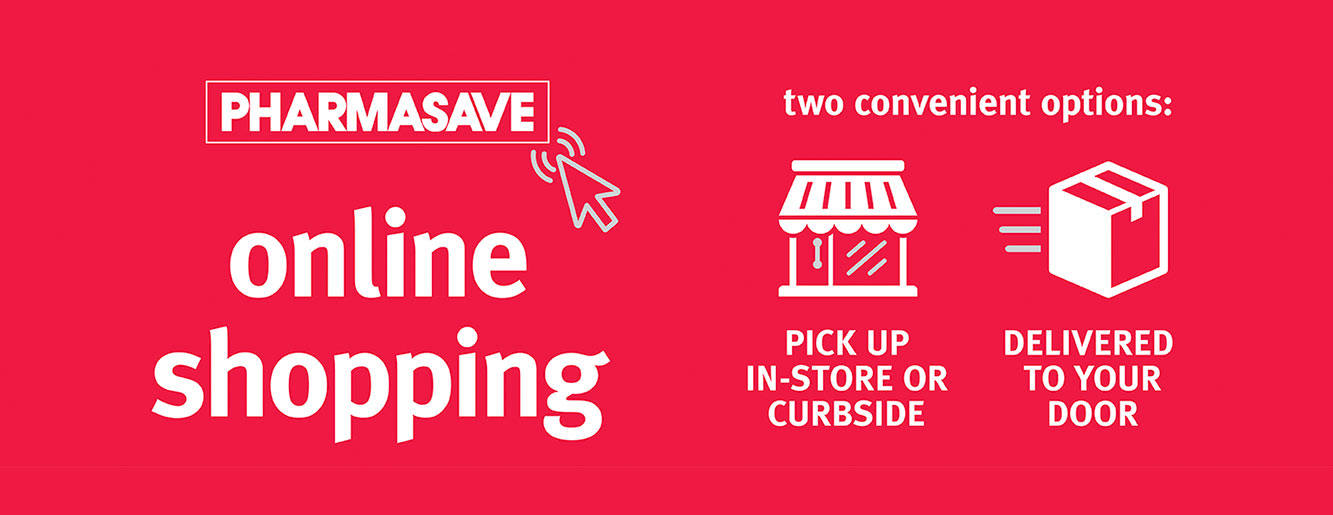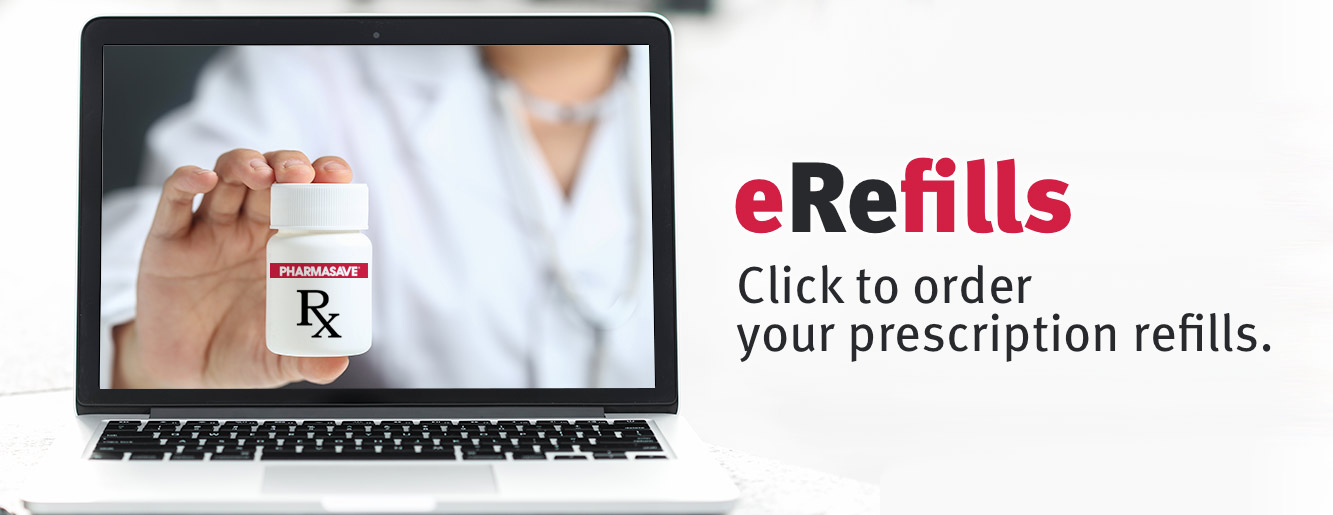
November Blog – Diabetes
November – Diabetes
Eating out with diabetes
Whatever the state of our health, we all love to dine out with friends and family now and then. Or in a rush, we’ll pick up a slice of pizza or a quick takeaway meal from a fast food restaurant. When you have diabetes, you can still enjoy these simple pleasures and conveniences, but it takes a little planning and forethought.
Though you want to enjoy your meal, you also want to stick as close as you can to your meal plan to avoid possible high or low blood sugar levels. It’s really no more trouble than calling ahead for reservations or figuring out the tip at the end of a meal!
Time it right. Consistent meal times make it much easier to keep your blood glucose levels balanced. For this reason, you should set the time for meeting up for meals. Friends and family won’t mind meeting you for a meal at a time that works for your eating schedule. And you don’t have to decline a dinner invitation that is either too early or too late. Just eat a snack that includes a fruit or starch at your usual mealtime to tide you over. Be sure to factor in timing for taking insulin or medications, and how wait times at restaurants may affect your routine.
Preview the menu. If you know where you will be dining, go online and find the restaurant’s menu. Or stop by the restaurant to pick up a takeaway menu. That way, you’ll get a good look at your options. You may even have a chance to scan nutritional information on a restaurant’s website or call the kitchen to inquire about carbohydrate or fat content of their menu options.
Come prepared. Bring along any testing supplies, snacks, or medications you might need. You might also stash packets of your favourite sweetener in your wallet or purse.
Scan menus for heart-healthy options. When faced with an unfamiliar menu of food choices, look for the hallmarks of heart-health foods, which are usually good for people with diabetes, too. Watch for foods that are labelled as “low” or “reduced” in fat, cholesterol, and sodium.
Skim off the fat. Order lean cuts of meat cooked in ways that do not boost fat content. Go for items that are grilled, baked, broiled, or steamed instead of fried. Ask for your dressings, sauces, or gravies on the side so you can control the portions. If available, order lower-fat varieties of your favourite condiments or go for items that are naturally lower in fat, like lemon, mustard, vinegar, pepper, garlic, and onions.
Don’t be afraid to ask questions. Speak up and ask questions if you are unsure about a menu item’s ingredients or portion size. And even if a menu says “no substitutions,” ask anyway. Some swaps you could make include switching higher-fat sides for veggies, white rice for brown rice, or chicken for beef. The restaurant may be happy to oblige if they know the substitution is for your health.
Practice portion control. These days, restaurant meals tend toward the oversized. But you need to try to eat a portion similar in size to the one you would normally prepare for yourself. Order a half-sized portion or share with a dining partner (desserts are fun to share!). Or request a to-go box to be brought out with the meal so you can pack away excess food right away.
Eat slowly. Eating slowly aids digestion and can help you to avoid overeating. When you take time to savour each bite, you not only prolong the pleasure of dining out, you also allow your body the time it needs to notice signs of fullness.
Go easy on the alcohol. Alcohol should be consumed in moderation. If your health care provider gives you the go-ahead to drink alcohol, select spirits that are lower in carbohydrates and calories, such as light beers and dry wines. Mixed drinks should be blended with low-calorie, sugar-free mixers. Alcohol can cause low blood sugars, especially if consumed in large quantities. It is also important to note that the symptoms of intoxication (being drunk) can be very similar to those of having a low sugar reaction. Therefore, always drink sensibly.
Ask Your Pharmacist
Question: What carbohydrates are best for people with diabetes to eat?
Answer: For people with diabetes, confusion about diet is common. It is important to remember that carbohydrates are vital nutrients that provide your body with energy. The key is choosing the right type so that your insulin levels don’t rise too quickly. Look for low glycemic index foods, which keep you feeling full longer and produce a steadier rise in blood sugar. These foods include oat bran, chickpeas, lentils, and beans. Avoid white bread, white potatoes, short grain rice, and processed food as these will spike your blood sugars.
Do you have a question? Don’t hesitate to ask your Live Well Pharmacist.
Health Tip
Eating out with diabetes can seem like a challenge, but with planning, you can still enjoy the meal and keep yourself healthy. If possible, preview the menu to check the carbohydrate and fat content of food. Don’t be afraid to ask questions, such as calling the restaurant to inquire about nutrition facts or asking the waiter about how a food is prepared. Choose items that are grilled, baked, or steamed instead of fried. Finally, practice portion control – order a half-sized portion or share a meal with a friend.
All material © 1996-2013 MediResource Inc. Terms and conditions of use. The contents herein are for informational purposes only. Always seek the advice of your physician or other qualified health provider with any questions you may have regarding a medical condition.



